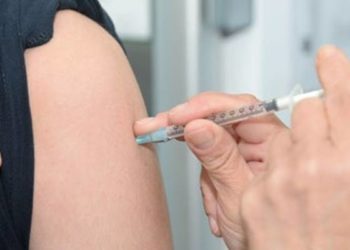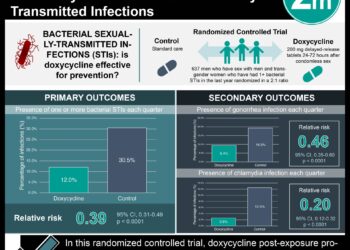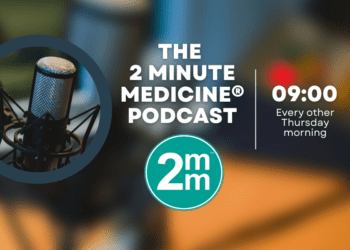Human papillomavirus (HPV) vaccination rates have increased in recent years
1. Between 2015 and 2020, human papillomavirus vaccination (HPV) rates in the United States increased, especially amongst adolescent males.
2. Those who received a recommendation by their health care provider or who had at least two provider contacts within the last year were more likely to be vaccinated against HPV.
Evidence Rating Level: 3 (Average)
Study Rundown: Human papillomavirus (HPV) is a commonly sexual transmitted infection in both men and women, that can lead to serious complications including cancer; many of these complications are prevented by HPV vaccination. In this cross-sectional study, researchers set out to assess trends in recent HPV vaccination in the United States for adolescents aged 13-17 years using data available from a national telephone survey conducted by the Centers for Disease Control and Prevention (CDC) between 2015 to 2020. During the study period, the rate of vaccination coverage (≥ 1 dose) among adolescents increased by nearly 20 percent. Patients who saw a clinician at least twice within the last year, received a recommendation to be vaccinated by a clinician, or had a well-visit between age 11 and 12 years were more likely to be vaccinated. The rate of increase in vaccination was greater in male adolescents. One important limitation of the study is a low response rate (20.7%) which may have led to selection bias. Overall, this study provides a valuable update on previous literature to suggest that HPV vaccination rates are continuing to increase, specifically amongst adolescent males. That said, nearly 25% of adolescents were not vaccinated by 2020, indicating an ongoing need to further increase vaccine uptake.
Click here to read the article in PEDIATRICS
Relevant Reading: National and state vaccination coverage among adolescents aged 13–17 years
In Depth [Retrospective cohort]: This study was conducted between 2015 to 2020 using data available from the National Immunization Survey–Teen (NIS–Teen) initiative administered by the Centers for Disease Control and Prevention (CDC). The response rate for the national random telephone survey conducted was 20.7%; of those who responded, only 45.2% had sufficient data available from medical providers to be included in the study. During the study period, the rate of vaccination among adolescents increased from 56.1% to 75.4%. Rates of vaccination were higher in adolescents aged 16-17 years old compared to 13-15 years old (p<0.05). Overall, vaccination coverage was higher amongst female adolescents (62.8% in 2015 to 76.8% in 2020) compared to males (49.8% in 2015 to 73.7% in 2020; p<0.05), although the increase in coverage during the study period was greater in males. Vaccination coverage was consistently and significantly higher in those patients with a provider recommendation compared to those without (p<0.05), in adolescents with a well-child visit at age 11-12 years compared to those without a well-child visit, and in adolescent patients with 1 or more provider contacts within the past year compared to those without provider contact (p<0.05).
Image: PD
©2022 2 Minute Medicine, Inc. All rights reserved. No works may be reproduced without expressed written consent from 2 Minute Medicine, Inc. Inquire about licensing here. No article should be construed as medical advice and is not intended as such by the authors or by 2 Minute Medicine, Inc.





![The ABCD2 score: Risk of stroke after Transient Ischemic Attack (TIA) [Classics Series]](https://www.2minutemedicine.com/wp-content/uploads/2013/05/web-cover-classics-with-logo-medicine-BW-small-jpg-75x75.jpg)

